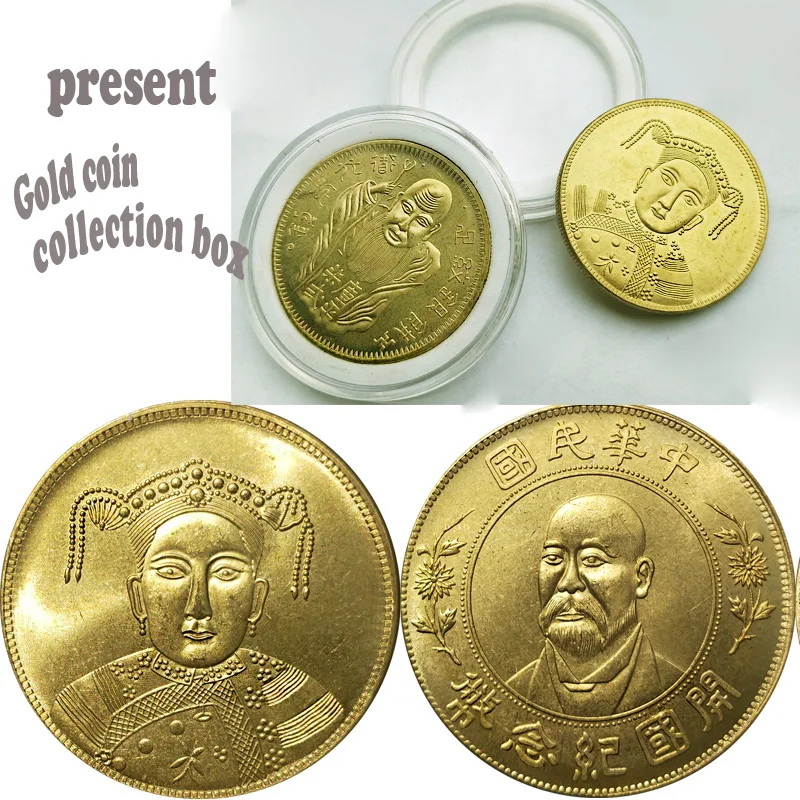

This information returned in 2016 when the 1 troy ounce coin was replaced by the 30-gram coin (one troy ounce is approximately 31.1 grams).

In 2015 the Gold and Silver Panda coins were not labeled with metal fineness and weight. An example is 1996 where different mints produced coins with minor variations in the font size of the date on the obverse side of the coins. That allows the originating mint to be determined. In certain years there are minor variations in the coin design-such as the size of the date, and temple. Unlike coins made by US and German mints that carry mintmarks to distinguish their origin, Chinese mints generally do not carry mintmarks. There are several mints that produced Silver Panda coins over the years, including: Shanghai, Shenyang, and Shenzhen. of sterling (.925 fine) silver, with a diameter of 40 mm. The 1987 Silver Panda coins were minted in proof quality from 1 troy oz. The first Silver Panda coins-issued 10 yuan Panda bullion in 1983, 1984, and 1985-were proof quality, with a precious metal content of 27 grams of 0.900 fine silver and a diameter of 38.6 mm.
CHINESE COINS BULK SERIES
There is also a Gold Panda series issued featuring the same designs as the Silver Panda coins. The 1 troy ounce coin was reduced to 30 grams, while the 5 troy ounce coin was reduced to 150 grams. Starting in 2016, Pandas switched to metric sizes. The design of the panda is changed every year and minted in different sizes and denominations, ranging from 0.5 troy oz. The Chinese Silver Panda ( Chinese: 熊猫银币 pinyin: xióngmāo yínbì) is a series of silver bullion coins issued by the People's Republic of China. The Hall of Prayer for Good Harvests located in the Temple of Heaven complex


 0 kommentar(er)
0 kommentar(er)
